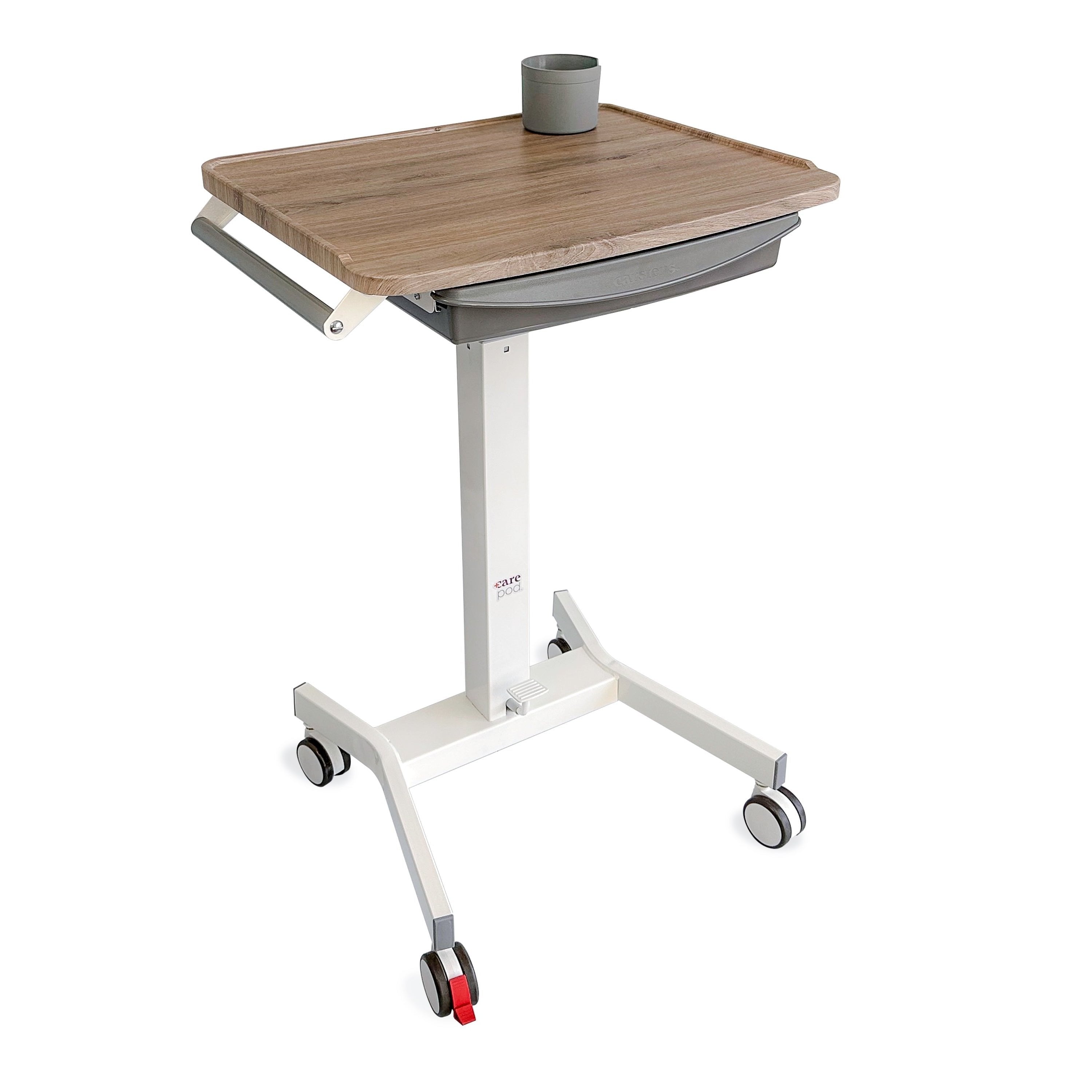
Interruptions of any kind pose a significant challenge to healthcare providers. Whether it's a ringing phone or an urgent conversation, disruptions can negatively affect the quality of patient care and the efficiency of healthcare providers.
By reducing distractions, healthcare facility management can enhance patient outcomes, boost staff productivity, and create a more streamlined working environment. Here are five ways to reduce interruptions in healthcare.
1. Designating No-Interruption Zones
Designating no-interruption zones in healthcare settings minimizes distractions and fosters focused patient care. In these zones, staff can concentrate on tasks, such as patient exams, medication administration, or surgeries, without interruptions. By clearly identifying these areas and informing the entire team of their purpose, healthcare providers can avoid disruptions from phone calls, unscheduled visits, or other disturbances.
2. Implementing Checklists
A practical way to cut down on interruptions is by using checklists. According to a study on the National Library of Medicine, the use of checklists can boost diagnostic accuracy and aid retention in medical care providers. Checklists offer a structured framework, helping healthcare professionals stay focused and not overlook anything. When interruptions happen, a checklist can get clinicians back on track.
3. Enhancing Communication Protocols
Effective communication is crucial in healthcare, and distractions have no place here. Developing standardized communication protocols can streamline the flow of information and reduce unnecessary disruptions.
For example, using a hospital clipboard to relay messages can encourage staff to share critical information in real time and note less urgent matters for later review. This approach puts more emphasis on patient care without compromising the flow of information.
4. Training Staff To Handle Interruptions
Another way to reduce interruptions in healthcare is by training and educating staff. Conducting simulations can give healthcare professionals the skills to manage distractions without sacrificing high-quality patient care. This training might cover techniques for refocusing on tasks, ignoring interruptions, and using tools like checklists to stay on track. By promoting a culture of awareness and preparedness, healthcare facilities can support their staff and provide better patient care.
5. Utilizing Technology Wisely
Technology can reduce interruptions in healthcare. Electronic health record (EHR) systems streamline documentation and access to information. Also, messaging platforms enhance staff communication.
Physical documentation remains important for backup and legal purposes. By balancing tech and traditional methods, healthcare facilities create a better environment for staff and patients.
Implementing these strategies fosters a healthier workplace and elevates the quality of care. Utilizing available resources, such as clipboards or messaging systems, will positively impact the way your staff cares for patients.






